Graphic design for campaigns emerged as a pivotal tool in the world of marketing and advocacy in the late 20th century, transforming the way messages were communicated to the public. Initially, there was a single dominant style, but today, campaign graphic design is a vibrant and diverse field. Whether for social causes or commercial ventures, graphic design enhances the narrative, making campaigns more engaging and impactful. Admittedly, some might perceive campaign design as overly commercial or insincere; however, in truth, it is creative and dynamic--and is experiencing a significant evolution. Elevate your next initiative with these campaign graphic design strategies and craft a standout presence.
Visual hierarchy
Visual hierarchy in graphic design for campaigns plays a crucial role in guiding the viewer's eye and communicating the intended message effectively. Size, color, contrast, and alignment are essential elements that designers manipulate to establish this hierarchy. Larger elements grab attention immediately, while bold and contrasting colors create distinct focal points that lead the viewer through the design narrative. Strategic alignment and spacing between various components create a seamless flow, ensuring that the audience comprehends the campaign's primary message before engaging with secondary information, enhancing both retention and impact.
Brand identity
A campaign's brand identity serves as the cornerstone for crafting a cohesive and memorable visual narrative that resonates with its target audience, encompassing elements such as color schemes, typography, logos, and imagery to communicate the essence of the brand effectively. Consistency across all platforms is paramount, ensuring that every touchpoint, from social media graphics to print advertisements, reflects a unified look and feel that reinforces brand recognition and loyalty. A distinct and compelling brand identity not only differentiates the campaign from competitors but also evokes emotion and builds trust, crucial for encouraging audience engagement and participation. Thorough research and understanding of the target demographic's preferences and behaviors guide the design choices, allowing for a strategic approach that aligns the visual elements with the brand's core message and values, ultimately driving the campaign's success.
Color palette
Color palette selection acts as a pivotal element within graphic design for campaigns, dramatically impacting emotional resonance and audience engagement. A well-crafted palette fosters brand recognition by providing a consistent visual language that aligns seamlessly with the campaign's message and ethos. For instance, vibrant and dynamic hues can inject energy and urgency, appealing to a youthful, enthusiastic demographic, whereas subdued, pastel shades might convey tranquility and sophistication suitable for a more mature audience. Cultural context and psychological underpinnings of color must be critically examined, ensuring that the chosen colors transcend mere aesthetics, becoming powerful tools that evoke the desired emotional response and reinforce the campaign's intent.
Typography design
Typography in campaign graphic design plays a crucial role in capturing attention, conveying messages, and establishing brand identity. The choice of typeface can evoke emotions, with sans serif fonts often used for modern, clean looks, while serif fonts lend a classic, authoritative feel. Kerning, leading, and tracking should be meticulously adjusted to enhance readability and aesthetic appeal, ensuring text maintains clarity across various media. Designers also integrate hierarchy by utilizing different font sizes, weights, and styles, allowing key messages to stand out and guide the viewer's eye through the composition effectively.
Creative brief
A creative brief serves as the cornerstone of any successful graphic design campaign, acting as a detailed roadmap that aligns the collective vision of the team. It meticulously outlines the campaign's goals, target audience, and key messages, ensuring a coherent direction for the designers. The brief also delves into the aesthetic parameters, specifying color palettes, typography, and visual styles that should be adhered to, creating a harmonious brand identity. By providing this clarity, designers are equipped to produce compelling visuals that resonate emotionally, effectively communicate the product's value, and drive engagement across varied platforms.
Marketing collateral
Designing marketing collateral for a campaign starts with understanding the target audience and crafting a visual identity that resonates with them. This involves selecting color schemes, typography, and imagery that align with brand values, ensuring consistency across all materials; brochures, flyers, posters, and digital content need to echo the same design language to reinforce brand recognition. Innovative layouts and strategic placement of call-to-action elements guide the viewer's eye and encourage engagement, while high-quality images and graphics enhance visual appeal, adding depth and professionalism to the campaign. Interactive elements such as QR codes or augmented reality features can be integrated on digital platforms to offer a more engaging experience, capturing audience interest and improving conversion rates.
Audience engagement
Engaging audiences in a graphic design campaign requires a deep understanding of the target demographic's preferences and behaviors. Visual elements such as color schemes, typography, and imagery must resonate with the audience's cultural and emotional expressions to foster genuine connections. Incorporating interactive components like augmented reality experiences or social media integration can enhance participation, encouraging viewers to transition from passive observers to active contributors. Consistent and cohesive messaging across various platforms ensures that the audience's experience remains seamless, strengthening brand recognition and loyalty while adapting the design elements to reflect ongoing feedback and engagement metrics for optimized impact.
Graphic elements
In crafting a compelling graphic design for a campaign, focusing on sophisticated graphic elements can significantly enhance communication effectiveness and visual appeal. The strategic use of color palettes can evoke specific emotions or associations with the campaign's themes; bold, contrasting hues can draw attention, whereas softer tones can signal sophistication or calmness. Typography choice plays a crucial role in conveying the campaign's message succinctly and memorably, where a modern sans-serif font might suggest innovation, while a serif font could convey tradition or authority. Icons, illustrations, and imagery need to be deliberately aligned with brand values and campaign objectives, facilitating an immediate visual connection that resonates with the target audience, reinforcing core messages without overwhelming the overall design layout.
Visual storytelling
Visual storytelling in a graphic design campaign involves a strategic use of imagery, color, typography, and composition to convey a compelling narrative that resonates with the audience on an emotional level. Designers must ensure that each visual element contributes to the overarching story, utilizing symbolism and metaphor to create depth and meaning that transcends the literal message. Curating a cohesive aesthetic style, designers can guide the viewers' emotions and responses, whether by evoking nostalgia, excitement, or empathy, thus fostering a strong connection between the campaign's message and its target audience. The seamless integration of brand identity within the visuals ensures the campaign not only captivates attention but also reinforces the brand's values and message, creating a memorable experience that encourages audience engagement and advocacy.
Campaign consistency
Campaign consistency in graphic design refers to the cohesive and unified presentation of visual elements across all campaign materials, ensuring a seamless experience for the target audience. Maintaining consistency involves the strategic use of color schemes, typography, and imagery that align with the brand's identity, fostering immediate recognition and building trust with consumers. Each piece of collateral, whether it is a social media post, brochure, billboard, or packaging, should reflect a coherent visual direction, which not only reinforces the campaign's message but also amplifies the brand's overall value proposition. The meticulous coordination between different design aspects conveys professionalism and reliability, prompting a synchronized and memorable interaction that enhances the campaign's impact and effectiveness.







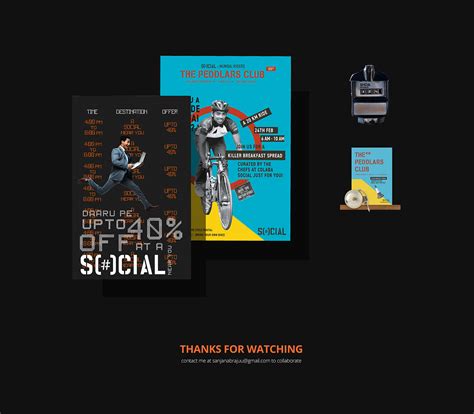
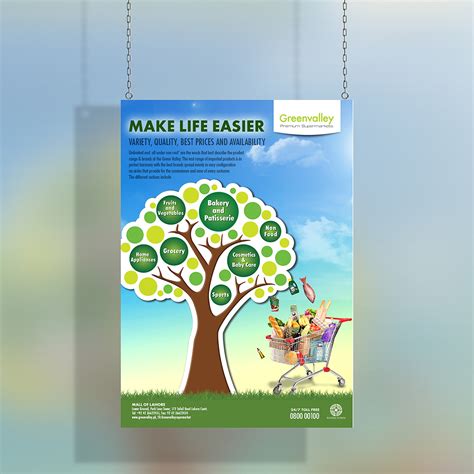
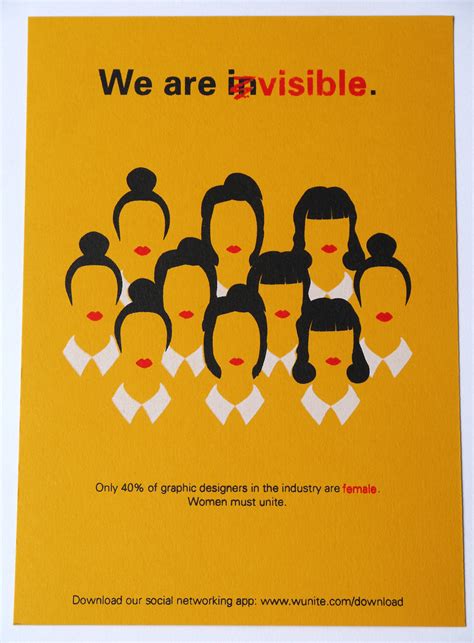

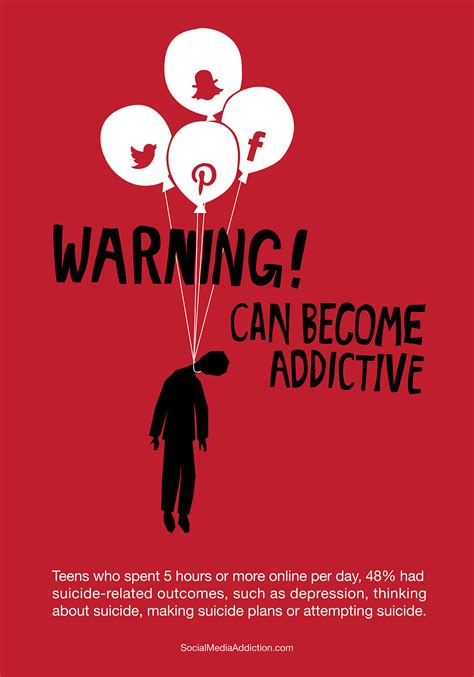
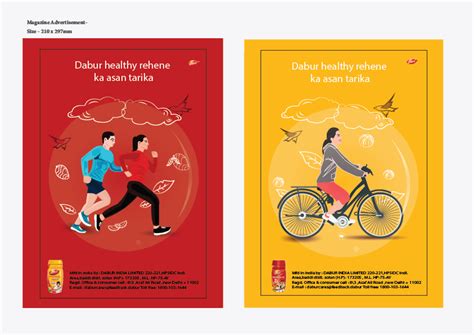

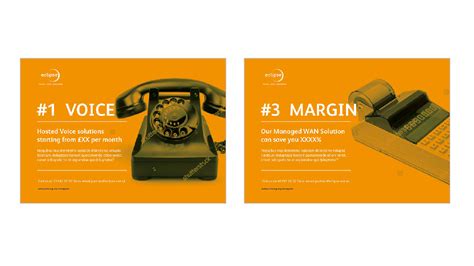
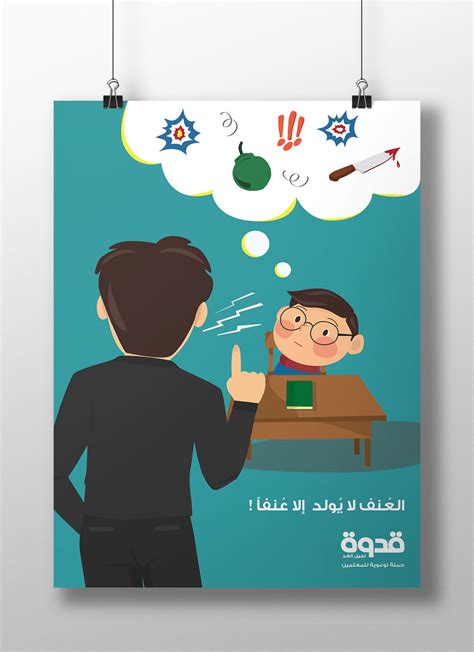



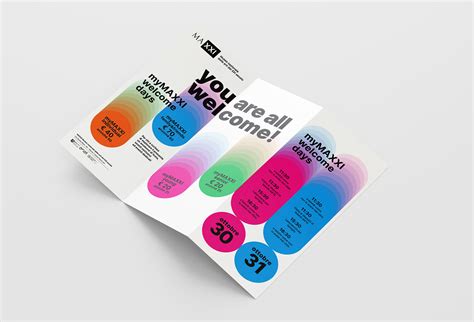
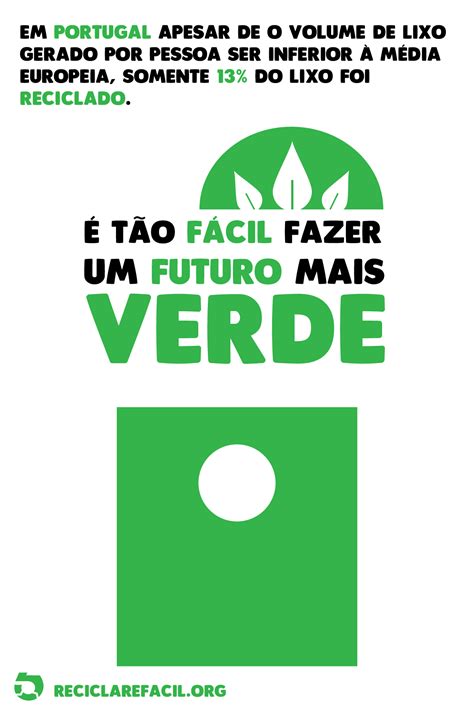
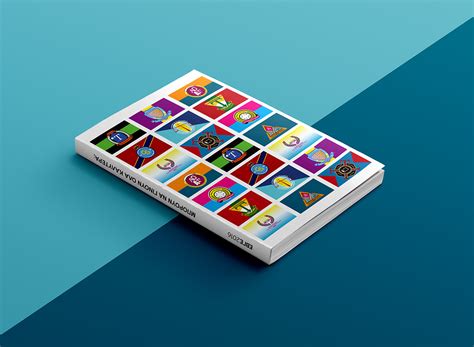
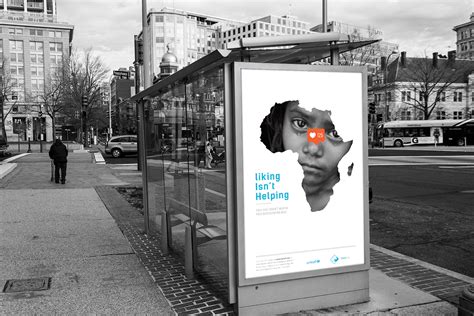
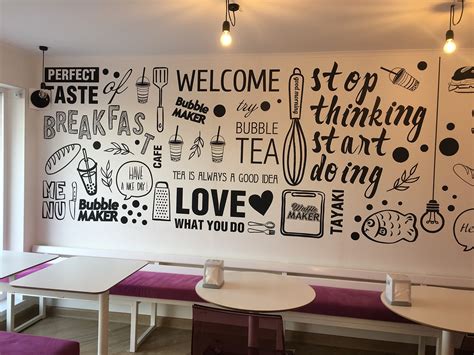

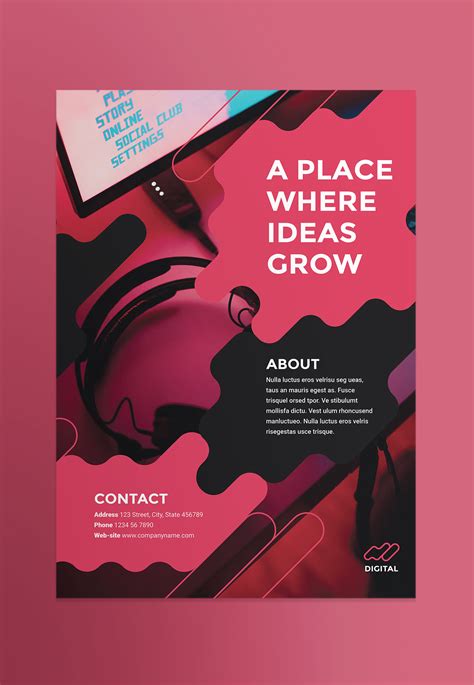
Leave a Reply
Your email address will not be published.